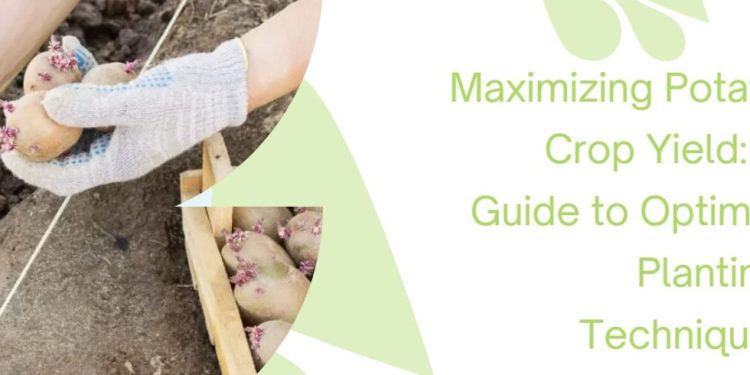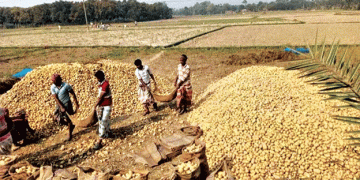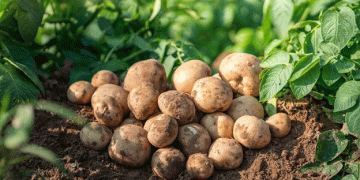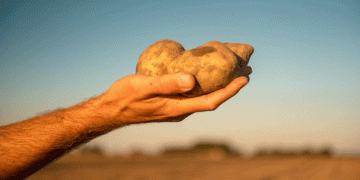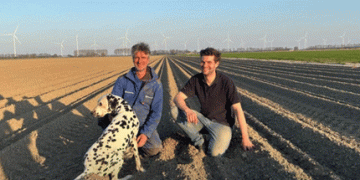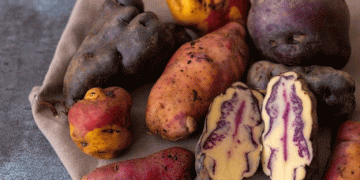#PotatoCultivation #PlantingTechniques #MechanicalPlanters #CropYield #SoilCultivation #PotatoVarieties #AgriculturalBestPractices
Planting potatoes is a crucial phase in potato cultivation that significantly impacts the overall crop yield and quality. Careful management during this stage can make all the difference in establishing a healthy and productive potato crop.
Planting
Potatoes are typically planted using mechanical planters that offer precise seed piece delivery using cup feeds. This technology has proven to be efficient and reliable, providing an excellent foundation for a successful potato crop. In addition to cup feed planters, clamp, needle, and belt planters are also utilized in certain farming practices.
Time of planting
The timing of potato planting is a critical factor that influences the success of the crop. In Australia, the ideal planting time is primarily determined by climate, followed by the specific cultivar and end-use of the potatoes. It’s essential to avoid planting during periods of extreme heat and very wet soil conditions, as they can hinder the crop’s establishment.
Farmers and farm owners must also consider market demand, contracted volumes, and delivery schedules when deciding on the planting time. Understanding the target market or end-use of the potatoes plays a significant role in selecting a viable planting window.
Latest Data and Best Practices
Agricultural scientists have extensively researched the impact of planting time on potato growth and yield. According to recent studies, planting potatoes during the optimal time frame significantly increases the chances of a successful crop. The data suggests that crops planted during favorable climatic conditions and appropriate soil moisture exhibit better early growth and overall yield.
To further enhance the chances of success, it’s crucial to choose the right potato cultivar for the specific growing region. Different cultivars have varying degrees of heat and moisture tolerance, disease resistance, and yield potential. Collaborating with local agricultural experts and extension services can provide valuable insights into selecting the most suitable cultivar for the region.
Moreover, implementing proper soil cultivation practices before and after planting can positively impact crop development. Soil preparation techniques such as deep plowing, proper incorporation of organic matter, and efficient weed control contribute to optimal conditions for potato growth.
When using mechanical planters, paying close attention to seed piece depth and spacing is essential. Proper depth ensures that the tubers are adequately covered, protecting them from environmental stressors. Adequate spacing allows the potato plants to grow without competition for nutrients, water, and sunlight, resulting in uniform growth and tuber production.
Successful potato planting requires a combination of factors to be carefully considered. Using mechanical planters with cup feeds and understanding the ideal planting window based on climate, cultivar, and market demand are key components. Implementing the latest data-driven practices for soil preparation, seed piece depth, and spacing will enhance the chances of establishing a uniform plant stand and achieving an abundant crop of high-quality potatoes.
Source: Australian Potato Growers
